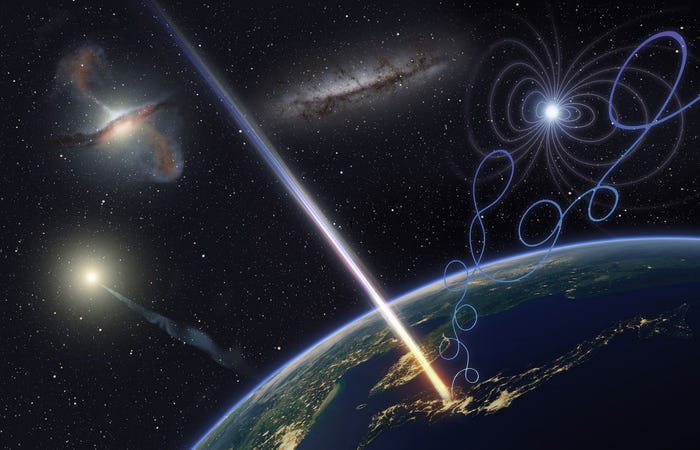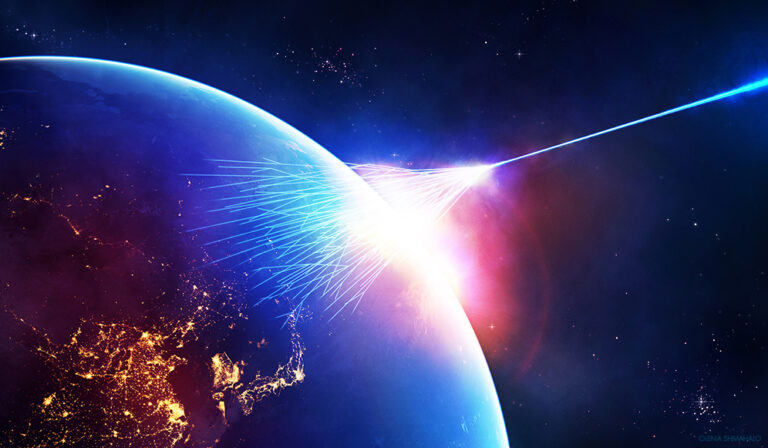Utah-based Telescope Discovers Enigmatic Cosmic Ray Originating Outside Our Milky Way
Space researchers from the University of Utah and the University of Tokyo have pinpointed an extremely rare, ultra-high-energy cosmic ray believed to have traversed from beyond the Milky Way galaxy.
Dubbed the “Amaterasu particle” in honor of the Japanese sun goddess, this subatomic entity remains invisible to the human eye.

As detailed in the journal Science, the study discloses that its energy levels rival those of the record-setting “Oh-My-God” particle detected in 1991.
Telescope Array co-spokesperson and study co-author John Matthews remarked, “In the case of the Oh-My-God particle and this new particle, you trace its trajectory to its source and there’s nothing high energy enough to have produced it. That’s the mystery of this — what the heck is going on?”
While cosmic rays, charged particles constantly bombarding Earth, typically originate from the sun, high-energy cosmic rays like the Amaterasu particle are exceptional and believed to emanate from other galaxies and extragalactic sources.
The recently identified particle was spotted by the Telescope Array, an observatory situated in Utah’s West Desert. This space observation station, equipped with 507 surface detectors across 270 square miles, observed over 30 ultra-high-energy cosmic rays, with the Amaterasu particle standing out as the most significant event.

Entering the atmosphere on May 27, 2021, it activated 23 surface detectors, registering an energy calculation of approximately 244 exa-electron volts—just slightly below the 320 exa-electron volts recorded for the “Oh-My-God” particle.
These observed particles, including the Amaterasu particle, appear to emanate from voids or empty space. In contrast to low-energy cosmic rays with traceable origins, ultra-high-energy particles like this one seem to originate from seemingly vacant regions. The Amaterasu particle is thought to have originated from the Local Void, an empty expanse adjacent to the Milky Way galaxy.
The expansion of the Telescope Array raises expectations for more insights into this rare occurrence. With an additional 500 detectors spanning an extensive area nearly the size of Rhode Island, the observatory aims to capture cosmic ray-induced particle showers, offering further understanding of cosmic mysteries.
Do not forget to share your opinion with us to provide you with the best posts !




0 Comments